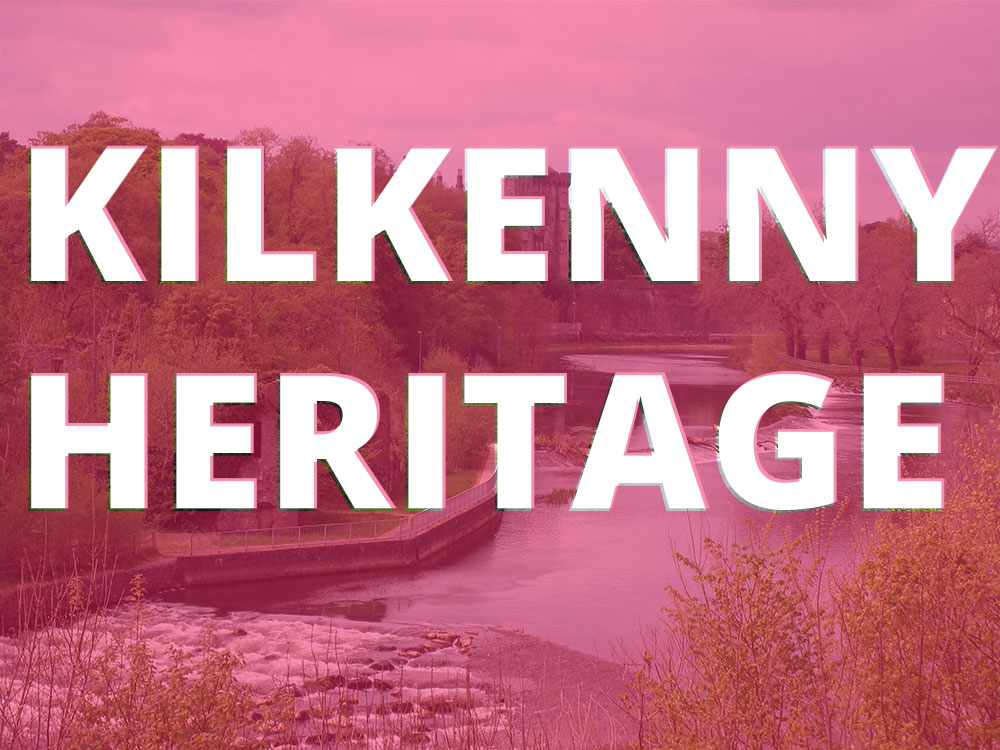Search for Kilkenny’s Nesting Swifts – We need your help this summer
The Heritage Office of Kilkenny County Council has commissioned Birdwatch Ireland to undertake a countywide Swift survey in Kilkenny this summer. And we need your help to record Swifts.
Swifts are a small migratory bird that flies to Ireland each summer from southern Africa. They nest in buildings in cities, towns, and villages. From May to August each year you’ll hear their distinctive ‘screaming’ call as they fly at high speed over rooftops.
Unfortunately, their future is seriously threatened in Ireland mainly due to the loss of suitable nesting sites, and also impacts of climate change. With a 58% decline of Swifts in Ireland their survival is under threat. The good news is that there is a lot that we can all do to halt the decline.
Last year we undertook the first county wide audit of Swifts in Kilkenny and recorded 199 nest sites. Kilkenny City had the most nests (76), followed by Thomastown (26), Graiguenamanagh (21), Callan (19), and Gowran (17). See more about the 2021 survey here. We’re now starting our second survey to see how many Swifts there are this year and where they are nesting. Please get involved and record any Swifts in your area on https://records.biodiversityireland.ie/record/swifts#7/53.455/-8.016
If you’re new to birdwatching and would like to get involved, don’t worry, as we’re running Swift training workshops this summer. If you’d like to be involved please email us at heritage@kilkennycoco.ie. The support and active engagement of citizen scientists and communities throughout Kilkenny is critical to the success of the project.
Useful Resources
- How do you tell a Swift from a Swallow? https://kilkennyheritage.ie/2021/06/can-you-tell-your-swifts-from-your-swallows/
- Saving Swifts (easy to use booklet with advice on how to help swifts, from nest box design to building renovations) https://kilkennyheritage.ie/wp-content/uploads/2019/06/Saving-Swifts-booklet-low-res-FINAL.pdf
This project is co-funded by Kilkenny County Council and The Department of Housing, Local Government and Heritage, through the National Parks and Wildlife Service’s National Biodiversity Action Plan Fund. It is also kindly supported by the Heritage Council.










